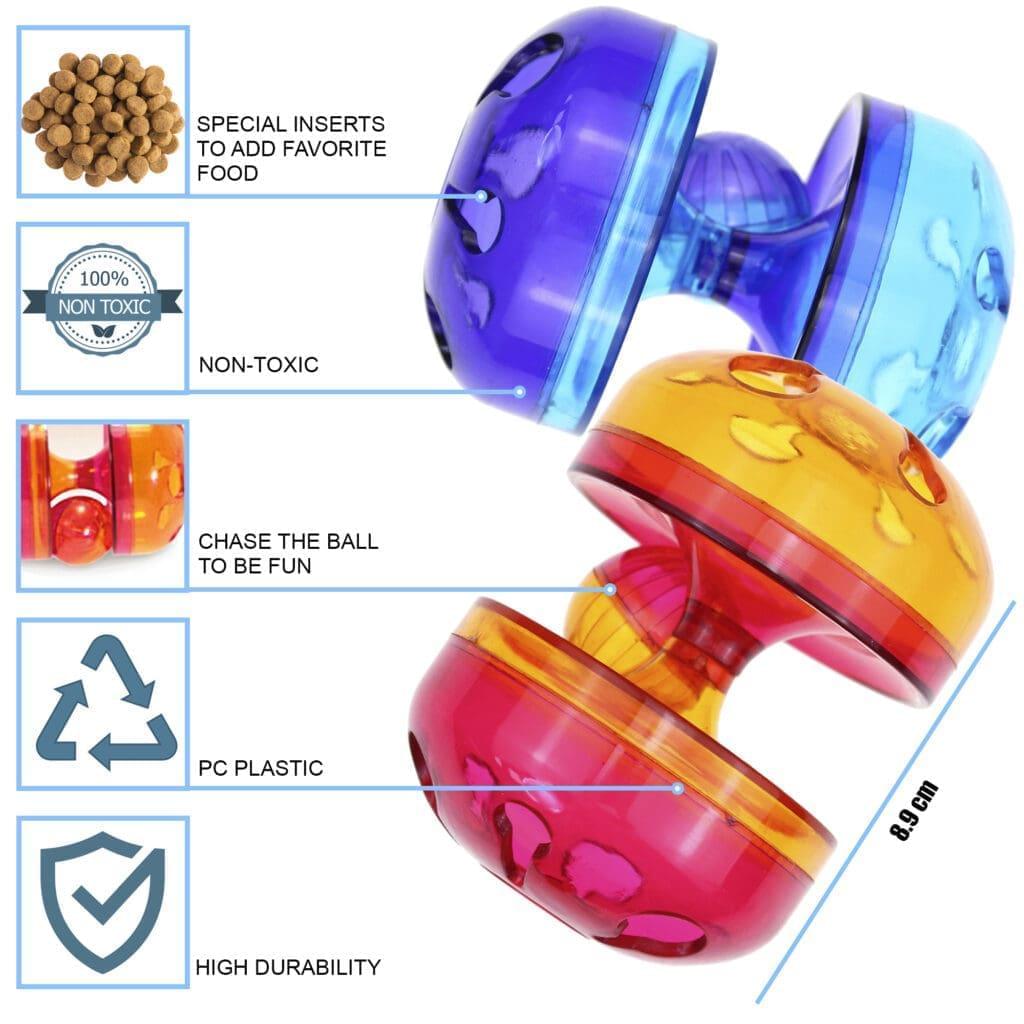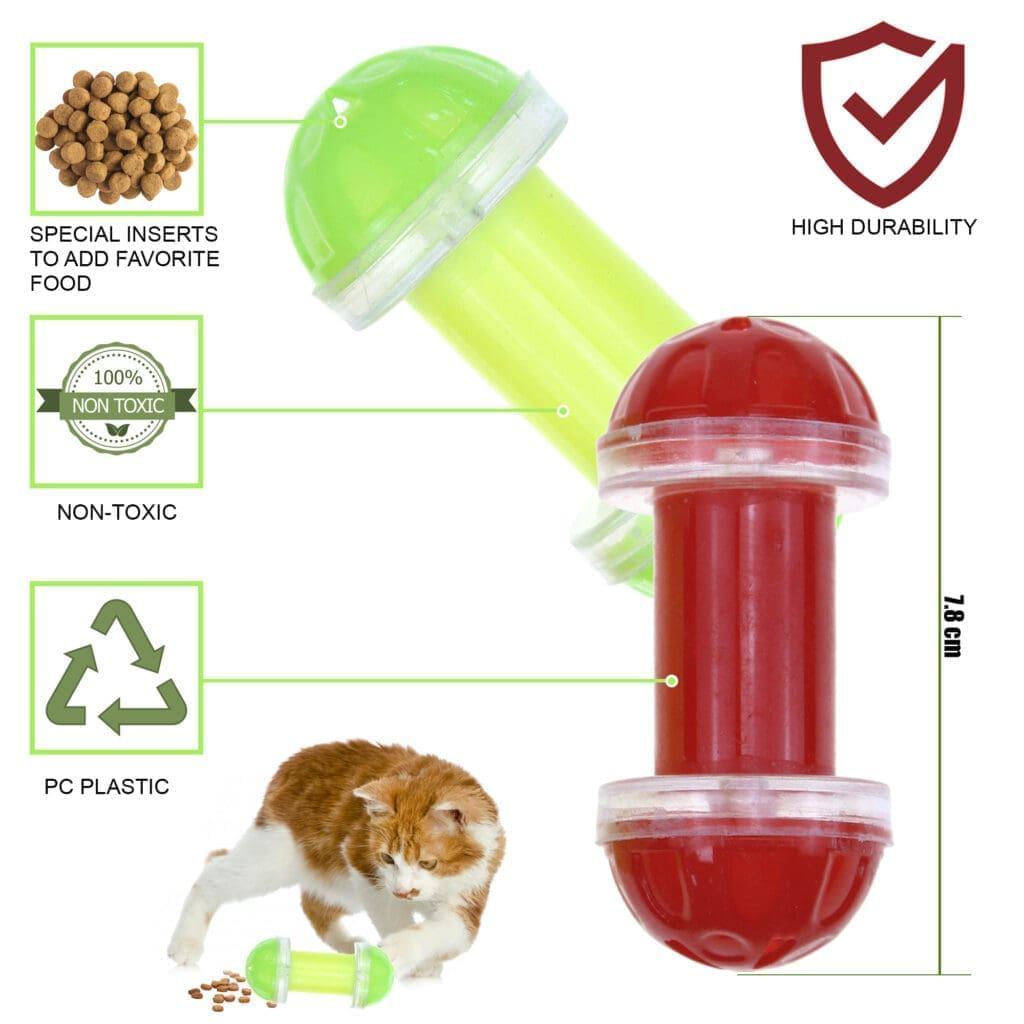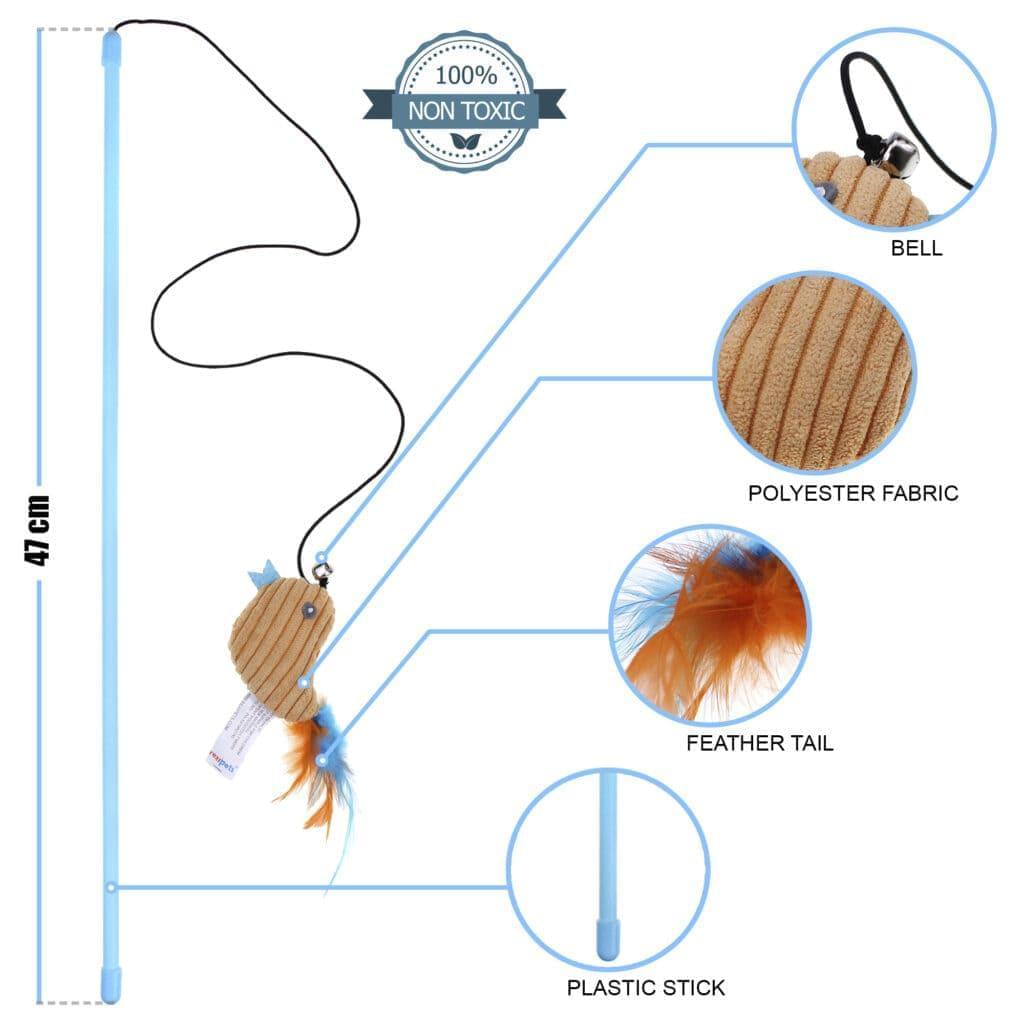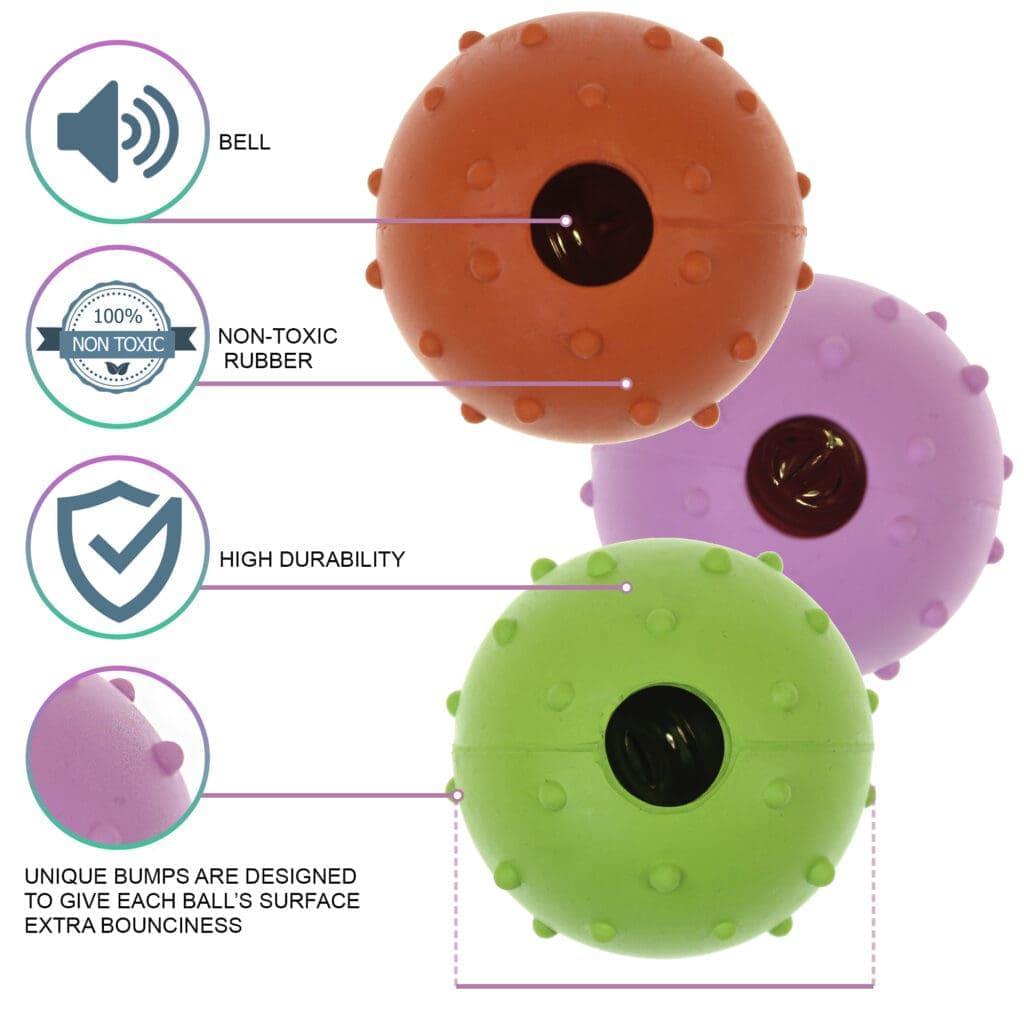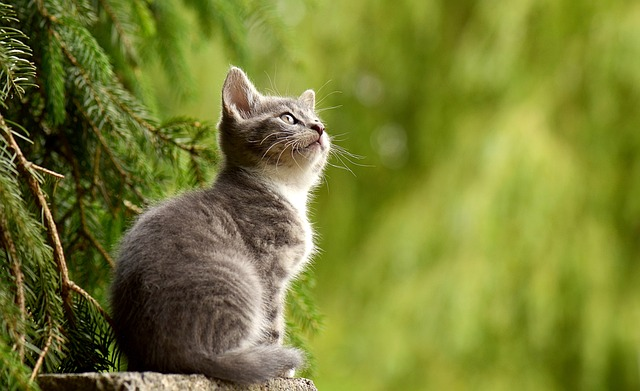
Declawing kittens is something that has several cat owners sitting on the fence. It has become popular over the years. But it is also something that is kind of controversial among pet owners.
While it may be something that sounds scary, let's find out what it actually is and if you, as cat owners, should be opting for it.
What Is Declawing and Why Do People Choose to Do It?
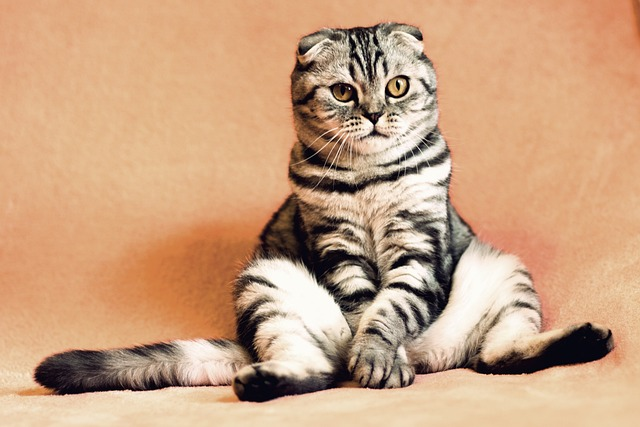
Cat declawing is a surgical procedure. It is also commonly called onychectomy. In this process, a veterinarian removes the last bone or "knuckle" of a cat's toes. This procedure is typically done to prevent a cat's nails from scratching or damaging furniture, carpets, or other surfaces in a home.
An older way of performing this procedure involves using dog nail trimmers to trim off the toes at the knuckle. This method is considered outdated and is not commonly used by veterinarians today.
Important Note: The more advanced procedure is typically performed using proper surgical instruments. The cat is placed under general anesthesia to ensure they do not experience any pain or discomfort during the procedure.
It is crucial to note that many professionals and animal welfare organizations oppose the procedure because it is considered painful and can have long-term adverse effects on a cat's health and behavior.
Pros of Declawing a Cat
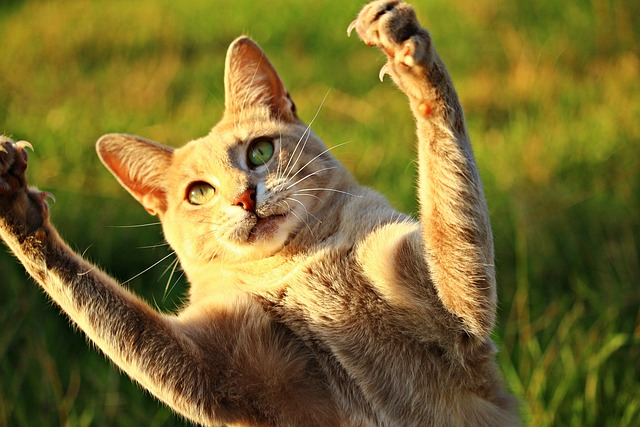
While declawing is not recommended in most cases, it has some benefits. These benefits make pet owners opt for this practice.
As a pet parent, the biggest benefit of cat declawing is that you will not have to stress about painful scratches. Declawing your cat also stops them from damaging your household items like pieces of clothes or rugs. Some pet parents report that their cats behave better after declawing.
Let's discuss the benefits of declawing a cat:
-
Medical conditions
Declawing may be the only option to help your cat with a medical condition. In this case, a veterinarian may recommend declawing a cat for the cat's well-being.
-
Paronychia
Paronychia is a condition where a bacterial or fungal infection occurs at the boundary between the cat's claw and skin. This condition can cause pain, inflammation, and swelling if left untreated. It may require surgery to remove the affected claw and surrounding tissue.
-
Neoplasia
Neoplasia refers to the abnormal growth of tissue around the cat's claw. This benign or malignant tumor may require surgical removal to prevent further spread or damage. However, it is crucial to understand th>at medical reasons for declawing are relatively rare, and most pet owners will not need to consider them.
-
Discouraging destructive scratching
Many cat owners may consider declawing to prevent their cats from scratching furniture, other animals, or people. People who are immunocompromised often opt for this because a simple scratch from a cat can cause grave issues for them.
Cons of Declawing a Cat
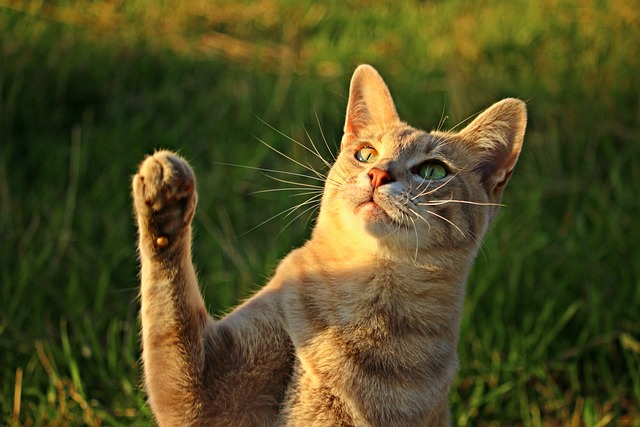
Removing a cat's claws through declawing can cause many issues for you and your cat. As a responsible cat parent, you should be aware of all these cons to make an informed decision for your cat regarding declawing.
-
Pain
Declawing cats is a painful surgical procedure that removes their claws and part of the bone in their paws. This procedure can cause discomfort and distress to cats, who are unable to communicate their pain to us. Many veterinarians consider declawing to be an inhumane and unnecessary practice that should be avoided.
-
Surgical complications
When it comes to declawing cats, there are some surgical complications that you should consider before making a decision. This includes blood loss, wound reopening, claw regrowth, or temporary paralysis.
-
Defense mechanism
Claws are a crucial part of a cat's defense mechanism. They rely on them to protect themselves against other indoor cats, outdoor cats, and other animals. Cats also use their claws to climb and escape from danger. When you get your cats declawed, they lose this natural defense mechanism and become vulnerable to injury and harm.
-
Behavior issues
Scratching is normal cat behavior. Their natural instinct to scratch still exists even if a cat is declawed. Without their claws, they may become frustrated or anxious. This can cause them to act out differently. For example, they may start to bite more frequently, which can be dangerous for both the cat and their owners.
Scratching Is Normal Behavior!
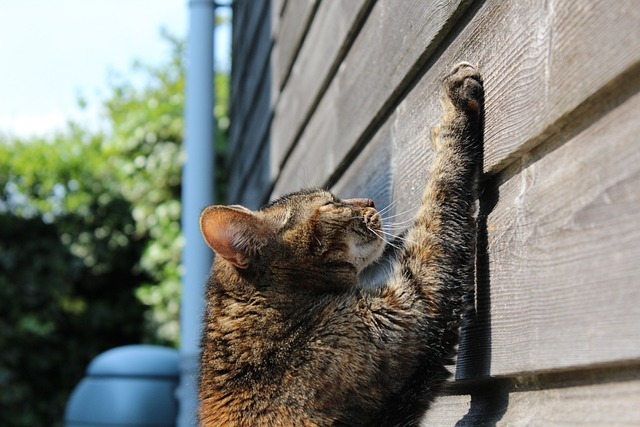
It's important to remember that cats naturally need to scratch. This behavior should be redirected to appropriate surfaces, such as scratching posts.
It is crucial to provide alternative ways for declawed cats to engage in scratching behavior. This can help prevent behavioral issues and keep your cat happy and healthy.
It is crucial to contemplate that this is a surgical procedure that carries risks. Cat owners should carefully consider all options and consult their veterinarian before declawing their cat.
What Do Researchers Have to Say about Cat Declawing?
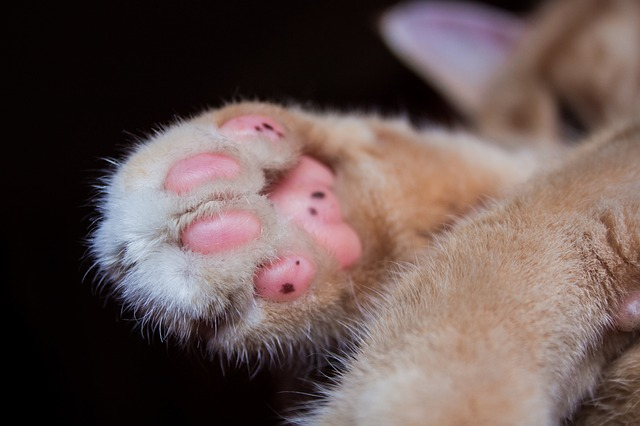
The American Veterinary Medical Association (AVMA) has conducted extensive research on the effects of declawing surgery on cats. As part of this research, they reviewed 24 different studies that examined the level of pain experienced by cats immediately after the declawing procedure and in the long term.
One challenge in aiding your cat with chronic pain is that it may not display signs of discomfort. This is why veterinarians recommend up to twelve days of pain relief to ensure no animals are left in pain.
What to Consider before Deciding to Declaw Your Cat?
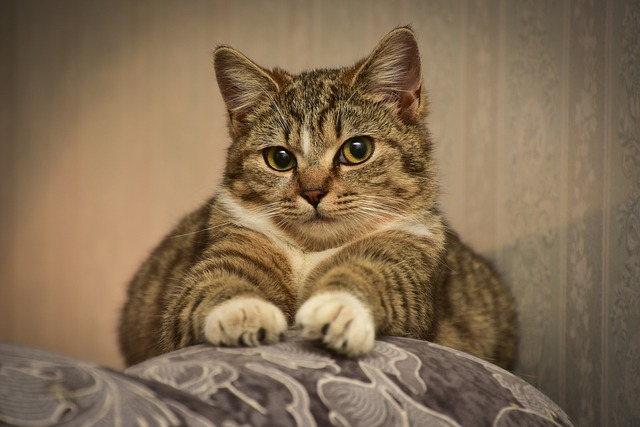
While declawing cats may seem like a quick fix for destructive scratching, it is a controversial and divisive practice. Many veterinarians consider declawing to be an inhumane and unnecessary procedure that can cause significant pain, discomfort, and long-term negative effects for cats.
Important Note: Before deciding to declaw a cat, it's important to consider the potential impact on the cat's well-being. Declawing can be a painful and traumatic experience for cats. Your furry friend may experience pain for an extended period of time during the healing process. Additionally, declawing can lead to changes in behavior, such as litter box issues, aggression, and in extreme cases, severe depression.
There are also ethical implications to consider. Many veterinarians and animal welfare organizations consider declawing to be an inhumane procedure that causes unnecessary suffering for cats. In some states of the USA, declawing is even illegal
Fortunately, there are alternative solutions to declawing that can help prevent destructive scratching without causing harm to the cat. We will discuss them in this blog to create awareness for pet owners so that they can make an informed decision for their cats.
The decision to declaw a cat should not be taken lightly. It's important to weigh the potential risks and negative effects of declawing against the benefits. You should also consider alternative solutions that are more humane and respectful of the cat's natural behavior.
Alternatives to Declawing a Cat
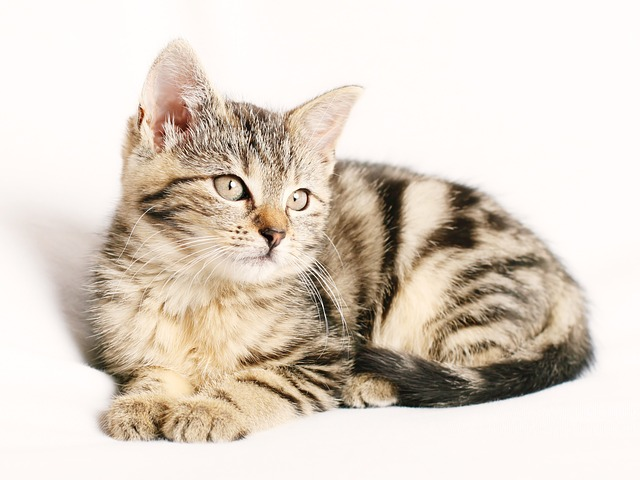
In most cases, declawing is an elective procedure to stop inappropriate scratching behavior in cats.
However, it is vital to weigh the advantages and the risks of declawing carefully and discuss all alternative options with a veterinarian before deciding on the procedure.
Let's look into a few alternative steps to declawing cats you can take if your cat scratches a lot.
Providing appropriate scratching objects
Cats have a natural urge to scratch, not only to maintain their claws but also to mark their territory. Providing them with suitable scratching surfaces, such as scratching posts or scratching mats, can redirect their natural behavior away from furniture or people you don't want them to scratch.
Encouraging your feline friend to use the scratching post by rewarding them with treats or toys can reinforce this behavior, and you won't need to get your cat declawed. This can also help in nails care for dogs.
-
Trimming
Trimming your cat's nails regularly is an effective way to prevent them from destructive scratching. By trimming their nails, you can also reduce the risk of injury to yourself or other family members, especially if your cat is prone to scratching during play or when handled.
You'll need a pair of sharp cat nail clippers to trim your cat's nails, which you can easily purchase from anywhere.
Suppose you are new to this, or that trimming your cat's nails simply overwhelms you. Then consider consulting a professional groomer or veterinary clinic that can do it for you. They can also provide additional tips on making nail trimming a positive experience for you and your cat.
Rewarding your cat with treats or playtime after each nail-trimming session is vital to make the experience more positive. If your cat becomes agitated or uncooperative, it's best to stop. You can try again another time.
-
Caps
Cat claws covers are small, vinyl nail caps that can be applied to a cat's claws to prevent them from causing damage to furniture, flooring, or other household items. These caps are available in multiple sizes and colors, making finding the right fit for your cat easy.
The application involves placing a small adhesive inside each cap and sliding it over the cat's claw. The caps should fit the paw but not be too tight. Tight caps can cause discomfort for the cat.
One of the benefits of cat claw covers is that they are completely safe and humane. And they don't interfere with the cat's natural behavior or cause pain or discomfort. Additionally, they can be a good solution for households with multiple cats or where declawing is not an option due to medical reasons.
- The pros and cons of cat nail caps can't be ignored. But it's important to note that cat claw covers are not a permanent solution. You have to replace them every four to six weeks as the cat's nails grow.
Final Words!
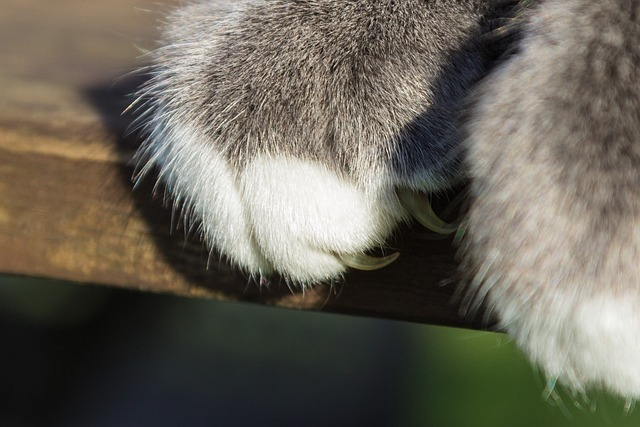
Declawing your cat is a significant decision that should not be taken lightly. It requires thorough research and careful consideration of all the potential consequences and benefits.
However, when making this decision, it is essential to prioritize your cat's health and well-being above any material damage caused by your cat's excessive scratching.
Scratching is a normal behavior for cats. It serves several purposes, including keeping their claws healthy, stretching their muscles, and marking their territory. Declawing involves surgically removing the claw and the attached bone from a cat's toes, which can lead to numerous complications, including pain, infection, and behavior problems.
Therefore, exploring alternative options, such as providing scratching posts, regular nail trimming, and claw covers, before considering declawing is essential. These options can help redirect your cat's scratching behavior while preserving its natural instincts and preventing the need for declawing.
As a responsible cat parent, your primary responsibility is prioritizing your cat's well-being and happiness.
Any decision that involves altering >your cat's physical or mental state should be made with careful consideration and professional advice from a veterinarian. Doing so will help you make the best decision for your beloved pet and their long-term health and happiness.









